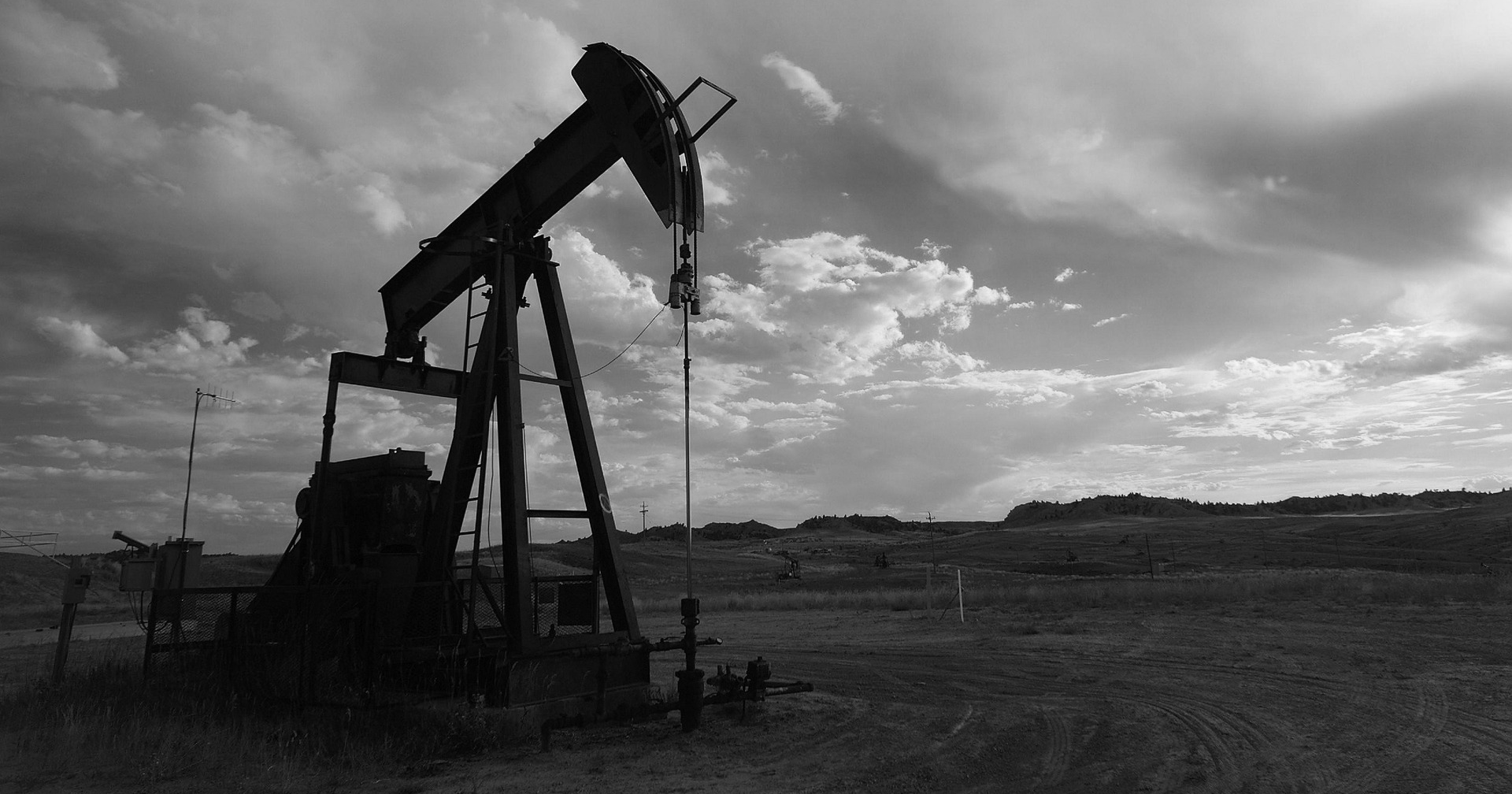
Expanding Subsidies for CO2-Enhanced Oil Recovery: A Net Loss for Communities, Taxpayers, and the Climate
Communities in Houston, Florida, Louisiana, Puerto Rico, and California are just beginning the long road to recovery from disasters made worse by climate change. It would seem downright irresponsible to increase taxpayer handouts to spur fossil fuel production at a time like this. But that’s exactly what’s being proposed in Washington.
Communities in Houston, Florida, Louisiana, Puerto Rico, and California are just beginning the long road to recovery from disasters made worse by climate change. It would seem downright irresponsible to increase taxpayer handouts to spur fossil fuel production at a time like this.
But that’s exactly what’s being proposed in Washington.
Two pieces of legislation – the FUTURE Act (S.1535) and Carbon Capture Act (H.R.1379) – introduced in Congress propose to extend and expand the Section 45Q tax credit for carbon capture and sequestration (CCS) and carbon dioxide (CO2)-enhanced oil recovery (EOR).
The tax credit originally goes to coal- and gas-fired power plants (and industrial facilities) that capture waste CO2 before it is emitted. Facilities are subsidized at different levels depending on whether they decide to directly sequester the CO2 underground (CCS), or sell it to oil companies that will pump the gas into wells to recover hard-to-get oil (EOR). The credit can be transferred to an oil company that buys the CO2, but even if it’s not, that company still benefits from cheaper CO2 as a production input. If the proposed bills become law, the expansion of the existing 45Q tax credit could be the largest subsidy given to the fossil fuel industry by the United States government.
Here are the key findings of our analysis:
The proposed laws would result in at least an additional 400 thousand barrels per day (kbpd) of CO2-enhanced oil production in the United States in 2035 – and possibly far more.
This additional production of oil would directly lead to as much as 50.7 million metric tons of net CO2 emissions annually that would otherwise not be emitted – and arguably more. That’s equal to the annual emissions from 12 and a half coal-fired power plants.
The portion of the bill that benefits the oil industry alone could cost American taxpayers as much as $2.8 billion every year.
The years of additional oil production and coal- and gas-fired power generation (using CCS technology) enabled by the expansion of the 45Q tax credit pose serious risks to the health of local communities and ecosystems.
Subsidizing and expanding the fossil fuel industry is not – and will never be – a solution to the climate crisis.
Our analysis shows that despite a veneer of green, the enhanced oil recovery portion of the proposed legislation will enable the production of more carbon than it will capture. Ironically, even though the bills are couched as climate solutions, the overall incentive for power plants and industrial facilities to sell captured CO2 to oil companies for use in extraction would be more lucrative than the incentive for facilities to directly sequester their carbon pollution. In other words, the legislation would primarily incentivize oil extraction.
What’s clear is that this tax credit is doing little to address the problem it was intended to correct: reducing CO2 emissions and limiting U.S. contributions to climate change. By lowering the cost of production for the oil industry, this subsidy increases oil company profits, while raising revenue for facilities like coal and gas power plants that capture CO2.
The tax credit is a win for the fossil fuel industry, but a loss for the climate, for taxpayers, and for fenceline communities living in the shadow of fossil fuel infrastructure.
There is valid ongoing debate about whether the world will need carbon capture technologies to avoid climate chaos in the coming decades to meet emissions and climate targets – and, thus, whether it deserves financial support from taxpayers now as a tool in the climate and energy policy fight. But either way, we should take care not to design policies in a way that would trigger more carbon being emitted than captured or ignore health and safety impacts borne by local communities. Certainly, we should not leave taxpayers and local communities to foot the bill for increased oil profits and production.
In terms of the costs to American taxpayers, the climate, and communities living in the shadow of coal and gas plants, CO2 pipelines, oil fields, and refineries – this legislation is far too expensive.
Instead of expanding the 45Q tax credit, lawmakers should act on the following:
Allow the existing 45Q tax credit to expire, as intended;
Request a congressional investigation of which entities have availed themselves of the existing 45Q tax credit to date, to determine what proportion of the subsidy has been used for permanent CO2 storage as opposed to enhanced oil production, and make those findings publicly available;
Request a full lifecycle analysis of the potential public health and ecosystem impacts of co-pollutants emitted from additional coal-fired power generation and oil production enabled by 45Q;
Eliminate the remaining approximately $15 billion in annual federal subsidies to fossil fuel production;
Finance a just recovery in communities impacted by climate-exacerbated disasters and a just transition to a clean energy economy centered on frontline grassroots climate solutions and community resilience;
Put in place incentives to promote clean renewable power and reduce energy consumption.
Attempts to address climate change must not be built on the backs of communities living with the impacts of the fossil fuel industry and at the frontline of the the unfolding climate crisis. Policies that hand billions of taxpayer dollars to the fossil fuel industry, extending the life of coal power plants and incentivizing companies to pump more oil, are false solutions.
